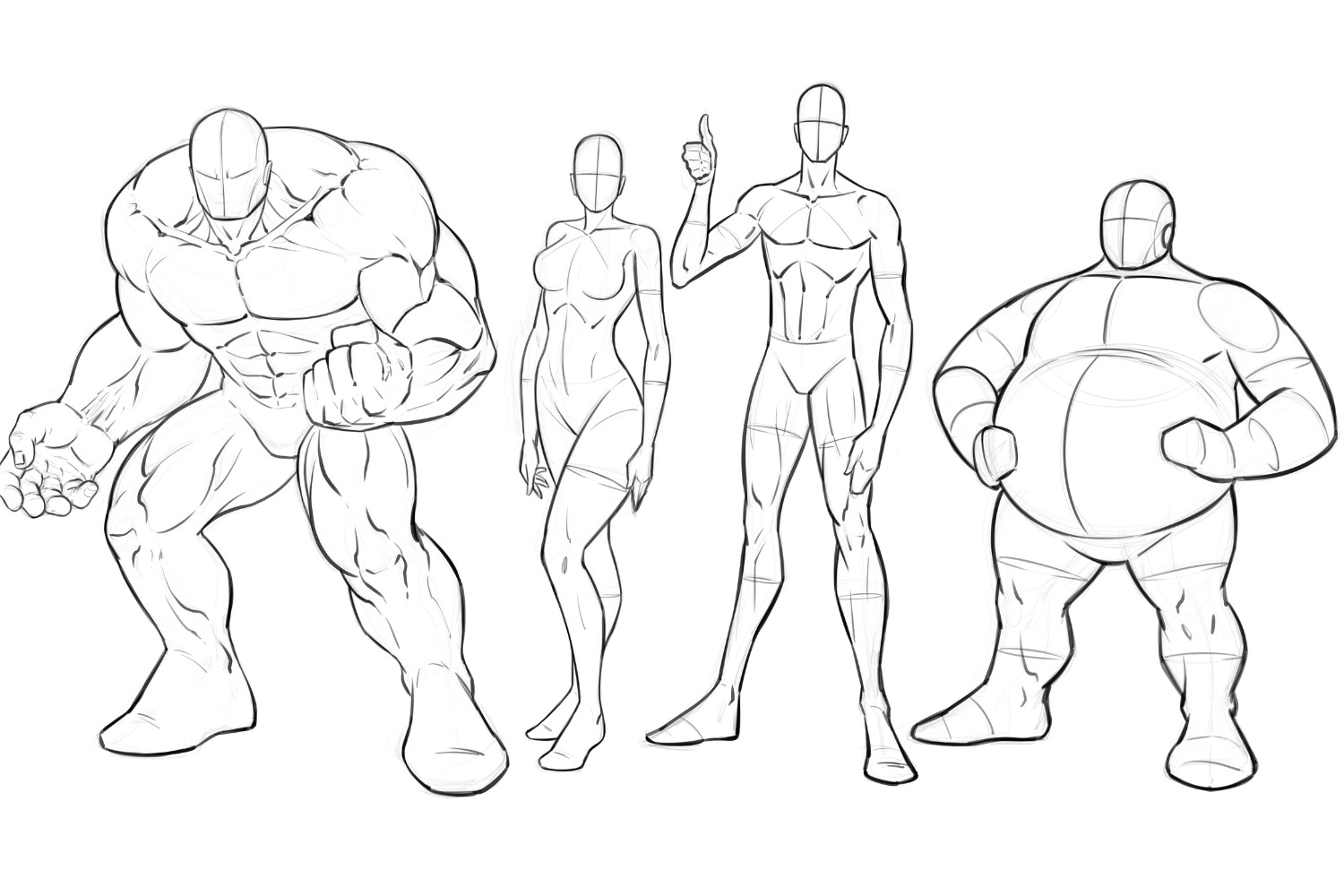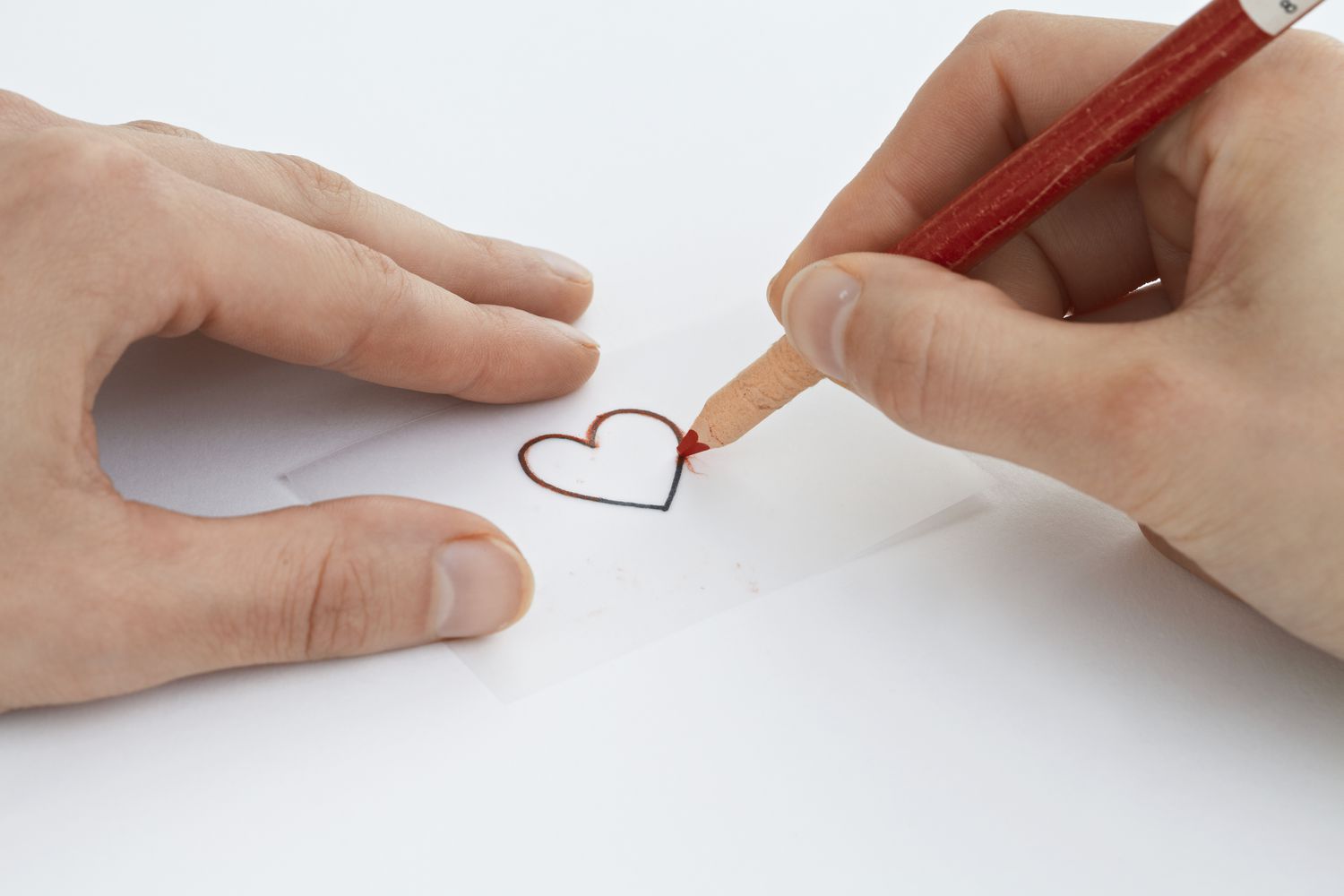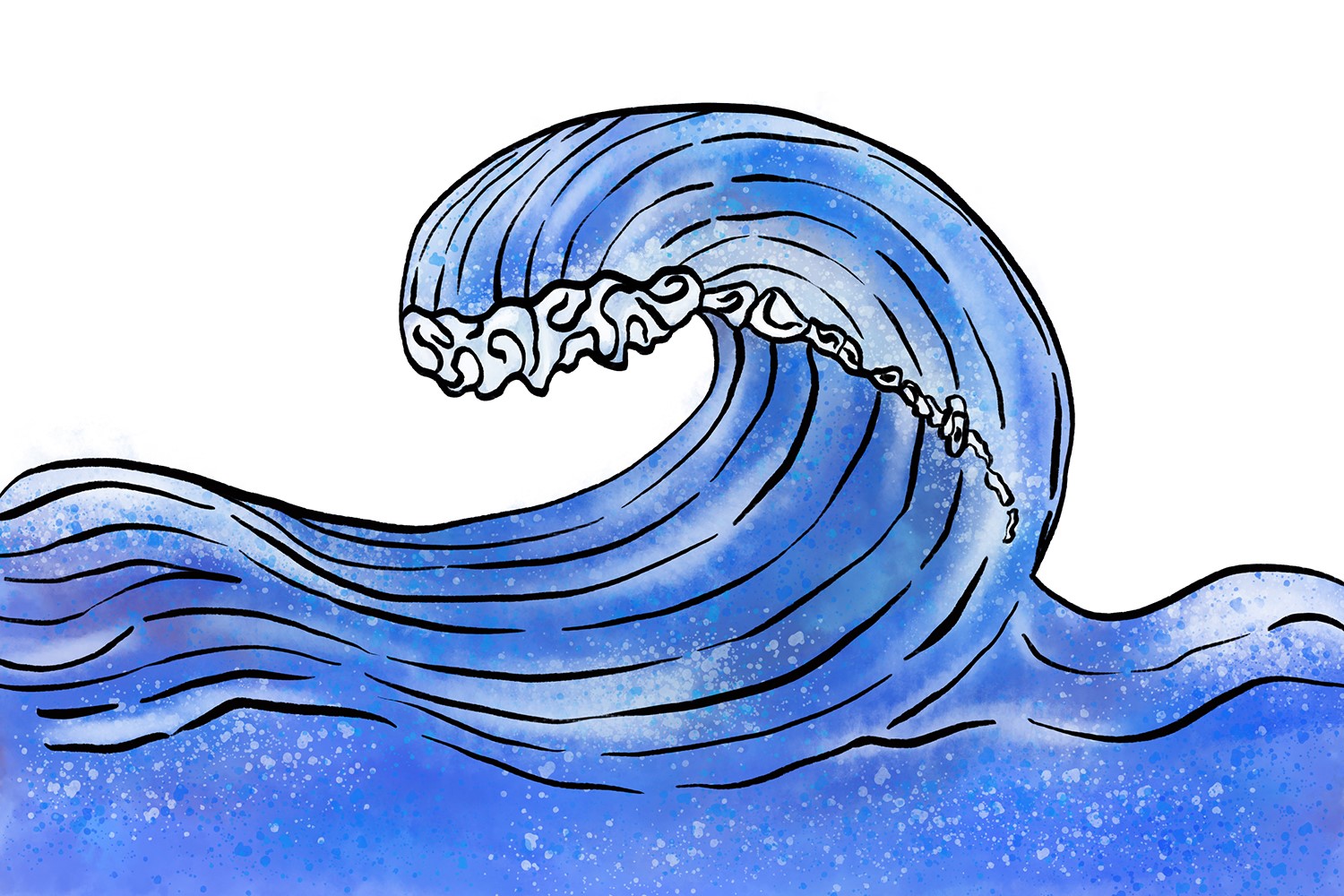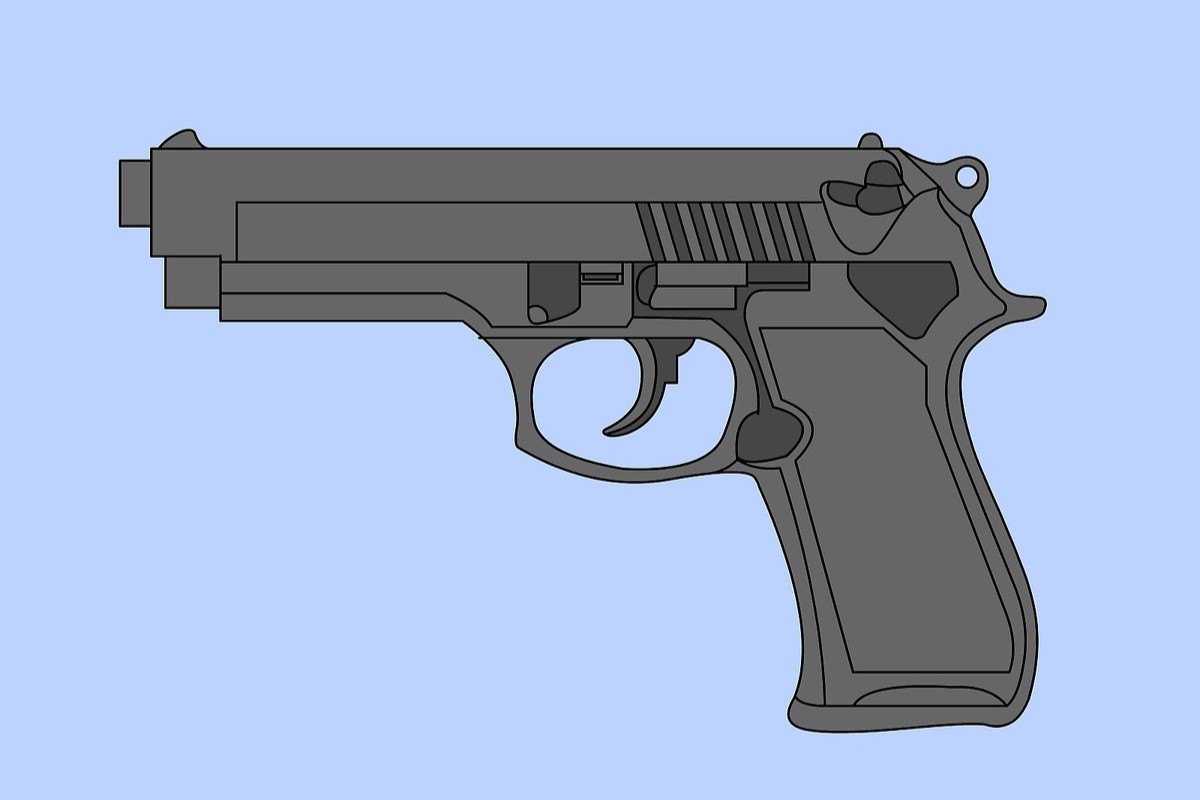Home>Arts and Culture>How To Draw Legs


Arts and Culture
How To Draw Legs
Published: February 27, 2024
Learn the art of drawing realistic legs with our step-by-step guide. Enhance your artistic skills and explore the world of arts and culture today.
(Many of the links in this article redirect to a specific reviewed product. Your purchase of these products through affiliate links helps to generate commission for Noodls.com, at no extra cost. Learn more)
Table of Contents
Introduction
Drawing human legs can be a challenging yet rewarding endeavor for artists of all levels. Whether you're a beginner looking to improve your figure drawing skills or an experienced artist seeking to refine your technique, mastering the art of drawing legs can greatly enhance the expressiveness and realism of your artwork. From understanding the intricate anatomy of the legs to capturing the dynamic movement and texture, this comprehensive guide will equip you with the knowledge and techniques needed to draw legs with confidence and precision.
The human leg is a marvel of biomechanical engineering, comprising a complex network of muscles, bones, and connective tissues that enable us to stand, walk, run, and perform a myriad of movements. By delving into the fundamental principles of leg anatomy, you'll gain a deeper appreciation for the intricate structures that underlie the surface contours. Understanding the basic proportions and shapes of the legs is essential for creating realistic and well-balanced figures. Whether you're drawing a standing pose or a dynamic action scene, mastering the foundational elements of leg anatomy will serve as a solid framework for your artistic endeavors.
In this guide, we'll explore the step-by-step process of drawing legs from both the front and side views, providing clear and actionable insights to help you refine your drawing skills. From capturing the graceful curves of the calves to depicting the subtle nuances of the knee and thigh, you'll learn how to infuse your leg drawings with depth and dimension. Additionally, we'll delve into the art of adding details and textures to bring your leg drawings to life, whether it's the delicate lines of the skin or the fabric draping over the legs.
By the end of this guide, you'll have gained a comprehensive understanding of how to draw legs with precision and artistry, empowering you to create captivating and lifelike figures in your artistic pursuits. So, grab your sketchbook and pencils, and let's embark on a journey to master the art of drawing legs!
Read more: How To Wash Lululemon Leggings
Understanding Leg Anatomy
The human leg is a marvel of biomechanical engineering, comprising a complex network of muscles, bones, and connective tissues that enable us to stand, walk, run, and perform a myriad of movements. At the core of leg anatomy lies the skeletal framework, consisting of the femur (thigh bone), tibia, and fibula (lower leg bones), which provide structural support and serve as attachment points for muscles and ligaments. Understanding the intricate interplay between these skeletal elements is crucial for accurately capturing the underlying structure of the legs in your drawings.
In addition to the bones, the legs are adorned with a network of muscles that facilitate movement and provide the characteristic contours of the legs. The quadriceps, located at the front of the thigh, and the hamstrings, situated at the back, are prominent muscle groups that contribute to the dynamic form of the legs. Furthermore, the calves boast the powerful gastrocnemius and soleus muscles, which play a pivotal role in activities such as walking and running. By familiarizing yourself with the arrangement and function of these muscles, you'll be better equipped to convey the strength and dynamism of the legs in your artistic renderings.
Moreover, the knee joint, a complex hinge joint that connects the thigh and lower leg, presents a unique challenge for artists due to its intricate structure and range of motion. Understanding the articulation of the knee joint and the patella (kneecap) is essential for accurately depicting the flexion and extension of the legs in various poses. Additionally, the ligaments and tendons surrounding the knee joint contribute to the stability and mobility of the legs, further enriching the depth and realism of your leg drawings.
By delving into the fundamental principles of leg anatomy, you'll gain a deeper appreciation for the intricate structures that underlie the surface contours. Whether you're drawing a standing pose or a dynamic action scene, mastering the foundational elements of leg anatomy will serve as a solid framework for your artistic endeavors. As we delve deeper into the art of drawing legs, this foundational knowledge will provide a springboard for capturing the grace, strength, and fluidity of the human form in your artwork.
Basic Proportions and Shapes
Understanding the basic proportions and shapes of the legs is fundamental to creating realistic and well-balanced figures in your artwork. When approaching the task of drawing legs, it's essential to grasp the foundational principles that govern the overall structure and form. The human leg can be roughly divided into distinct segments, each contributing to the overall aesthetic and functionality of the limb.
The upper leg, or thigh, extends from the hip to the knee and comprises the powerful quadriceps muscles at the front and the hamstrings at the back. The lower leg, from the knee to the ankle, encompasses the prominent calf muscles and the intricate network of tendons and ligaments that facilitate movement and stability. By recognizing these primary divisions, you can establish a solid framework for capturing the dynamic proportions of the legs in your drawings.
In terms of proportions, the length of the leg can be roughly equated to the distance from the hip to the ground, with individual variations based on factors such as age, gender, and body type. When drawing the legs in a standing pose, it's crucial to maintain a sense of balance and symmetry, ensuring that the weight distribution and stance appear natural and harmonious. Additionally, understanding the concept of foreshortening, where the leg appears shorter due to perspective, is essential for creating depth and dimension in your drawings, particularly in dynamic or foreshortened poses.
The shapes of the leg segments are defined by the underlying muscles, bones, and connective tissues, each contributing to the overall contours and silhouette. The cylindrical form of the thigh gradually tapers into the sturdy yet shapely structure of the calf, culminating in the elegant curve of the ankle and foot. By observing and internalizing these basic shapes, you can effectively convey the solidity and fluidity of the legs in your artistic renderings.
Moreover, understanding the subtle nuances of the knee joint and its interaction with the surrounding muscles and tendons is crucial for capturing the intricate articulation and movement of the legs. Whether in a standing, walking, or dynamic pose, mastering the basic proportions and shapes of the legs provides a solid foundation for creating lifelike and expressive figures in your artwork.
By internalizing these fundamental principles, you'll be well-equipped to embark on the next steps of drawing the front and side views of the legs, infusing your artwork with depth, realism, and artistic flair.
Drawing the Front View
Drawing the front view of the legs requires a keen understanding of the underlying anatomy and proportions, as well as a nuanced approach to capturing the dynamic contours and musculature. Begin by sketching the basic framework of the legs, outlining the general shape of the thighs and calves. Pay close attention to the alignment and symmetry of the legs, ensuring that they convey a sense of balance and poise.
As you refine the initial outlines, focus on delineating the prominent features of the legs, such as the quadriceps at the front of the thighs and the distinct curve of the calves. These muscular landmarks not only contribute to the aesthetic appeal of the legs but also serve as anchor points for conveying strength and dynamism in your drawings.
When depicting the knees in the front view, emphasize the subtle articulation of the joint, taking care to capture the contours and ligamentous structures that define the knee's appearance. The patella, or kneecap, plays a pivotal role in shaping the front view of the knee, adding a distinctive element to the overall composition of the legs.
As you progress, consider the nuances of foreshortening, particularly when drawing the legs in a dynamic or angled pose. Foreshortening can create the illusion of depth and perspective, lending a sense of three-dimensionality to your drawings. By adjusting the proportions and angles to reflect the effects of foreshortening, you can imbue your front-view leg drawings with a heightened sense of realism and vitality.
Furthermore, pay attention to the subtle variations in muscle definition and contouring, as these details contribute to the overall expressiveness and lifelike quality of the legs. Whether it's the tautness of the quadriceps or the sinuous curves of the calves, capturing these intricacies adds depth and character to your front-view leg drawings.
Incorporate shading and hatching techniques to enhance the three-dimensional quality of the legs, emphasizing light and shadow to accentuate the form and volume. By skillfully applying shading to the muscles and contours, you can create a sense of depth and dimension, elevating the visual impact of your front-view leg drawings.
By mastering the art of drawing the front view of the legs, you'll develop a keen eye for capturing the intricate details and dynamic forms that define the human leg. This foundational skill will serve as a springboard for further exploration, empowering you to create compelling and expressive leg drawings in your artistic pursuits.
Drawing the Side View
Capturing the side view of the legs presents a unique set of challenges and opportunities for artists, requiring a nuanced understanding of the leg's anatomy and a keen eye for perspective and proportion. When approaching the side view, begin by sketching the foundational framework of the legs, paying close attention to the subtle curvature and alignment of the thighs, knees, and calves. By establishing the basic structure, you can lay the groundwork for conveying the graceful contours and dynamic forms that define the side view of the legs.
One of the defining features of the side view is the elegant sweep of the calf muscles, which contribute to the leg's overall aesthetic and convey a sense of strength and agility. When drawing the side view of the legs, focus on capturing the tapering form of the calves, emphasizing the interplay between the gastrocnemius and soleus muscles. These muscular contours not only add visual interest to the legs but also serve as a focal point for conveying the leg's dynamic potential and kinetic energy.
In addition to the calves, the side view offers a compelling perspective on the knee joint, showcasing the intricate articulation and ligamentous structures that define the leg's profile. Pay close attention to the subtle nuances of the knee, capturing the curvature of the joint and the interplay between the patella, tendons, and ligaments. By infusing your drawings with these intricate details, you can imbue the side view of the legs with a heightened sense of realism and anatomical accuracy.
Furthermore, consider the overall posture and stance of the legs in the side view, ensuring that they convey a sense of balance and poise. Whether depicting a relaxed standing pose or a dynamic action stance, the side view offers a wealth of opportunities to convey the leg's versatility and expressive potential. By carefully observing the alignment of the legs and the distribution of weight, you can infuse your drawings with a sense of naturalism and vitality, bringing the side view of the legs to life on the page.
As you refine the contours and proportions of the legs in the side view, consider the interplay of light and shadow to enhance the three-dimensional quality of your drawings. By skillfully applying shading and hatching techniques, you can accentuate the form and volume of the legs, adding depth and dimension to your artistic renderings. Whether it's the subtle play of light on the muscular contours or the graceful curves of the calves, thoughtful shading can elevate the visual impact of your side-view leg drawings, imbuing them with a sense of depth and presence.
By mastering the art of drawing the side view of the legs, you'll develop a keen understanding of perspective, proportion, and anatomical detail, empowering you to create compelling and expressive leg drawings that capture the grace and dynamism of the human form. This foundational skill will serve as a springboard for further exploration, enabling you to infuse your artwork with depth, realism, and artistic flair.
Read more: How To Draw People
Adding Details and Textures
Adding intricate details and textures to your leg drawings is a transformative process that elevates the overall realism and visual impact of your artwork. By infusing your drawings with subtle nuances and tactile elements, you can breathe life into the legs, creating a sense of depth and authenticity that captivates the viewer's imagination.
One of the key aspects of adding details to leg drawings is capturing the subtle variations in skin texture and tone. Whether it's the smooth, taut skin of the thighs or the delicate contours of the knees, paying attention to the nuances of skin texture can enhance the lifelike quality of your drawings. Consider incorporating gentle shading and blending techniques to convey the softness and suppleness of the skin, creating a sense of tactile realism that invites the viewer to engage with the artwork on a visceral level.
Furthermore, the incorporation of fabric and clothing adds an additional layer of complexity and visual interest to leg drawings. Whether it's the drape of a flowing garment or the subtle creases and folds of fabric, mastering the art of depicting textiles can imbue your drawings with a sense of movement and dynamism. Pay close attention to the way fabric interacts with the contours of the legs, capturing the interplay of light and shadow to convey the texture and weight of the material. By skillfully rendering fabric textures, you can enrich the narrative and visual storytelling of your artwork, inviting the viewer to immerse themselves in the scene.
In addition to skin and fabric textures, detailing the musculature and anatomical features of the legs can further enhance the realism and expressiveness of your drawings. Emphasize the contours of the quadriceps, hamstrings, and calves, highlighting the interplay of light and shadow to accentuate the muscular form. By carefully observing the subtle undulations and transitions of the muscles, you can infuse your leg drawings with a sense of vitality and strength, capturing the inherent dynamism of the human form.
Moreover, consider incorporating fine lines and cross-hatching to delineate the intricate network of tendons and ligaments that define the leg's structure. By delicately rendering these anatomical details, you can convey a sense of precision and anatomical accuracy, further enriching the depth and realism of your leg drawings.
By mastering the art of adding details and textures to your leg drawings, you can imbue your artwork with a sense of tactile realism and visual richness, inviting the viewer to embark on a sensory journey through your artistic creations. Whether it's the subtle play of light on the skin, the graceful flow of fabric, or the dynamic contours of the muscles, the art of detailing and texturing the legs is a testament to the power of artistic expression and visual storytelling.
Conclusion
In conclusion, mastering the art of drawing legs is a journey that encompasses a deep understanding of anatomy, proportion, and artistic expression. By delving into the intricate structures and dynamic forms that define the human leg, artists can elevate their artwork to new heights, infusing their drawings with depth, realism, and expressive potential.
Throughout this comprehensive guide, we've explored the foundational principles of leg anatomy, from the intricate network of muscles and bones to the subtle nuances of skin texture and fabric draping. Understanding the fundamental elements of leg anatomy provides a solid framework for capturing the grace, strength, and fluidity of the human form in artistic renderings.
From the front view to the side view, we've delved into the step-by-step process of drawing legs, offering actionable insights and techniques to refine artistic skills. Whether capturing the powerful contours of the quadriceps in the front view or the elegant sweep of the calf muscles in the side view, artists can imbue their leg drawings with a heightened sense of realism and dynamism.
Furthermore, the art of adding details and textures enriches leg drawings, infusing them with tactile realism and visual richness. By paying attention to the subtle nuances of skin texture, fabric draping, and muscular contours, artists can create compelling and immersive artwork that resonates with viewers on a visceral level.
Mastering the art of drawing legs empowers artists to create captivating and lifelike figures, whether in the realm of fine art, illustration, or character design. By honing their skills in capturing the intricate details and dynamic forms of the legs, artists can breathe life into their artistic creations, inviting viewers to engage with the narrative and emotion conveyed through their artwork.
In essence, the art of drawing legs transcends technical proficiency, offering a gateway to storytelling, expression, and the celebration of the human form. As artists continue to refine their craft and explore the boundless potential of leg drawing, they embark on a journey of creativity, discovery, and artistic growth, shaping their unique voice and vision in the world of visual storytelling and expression.














